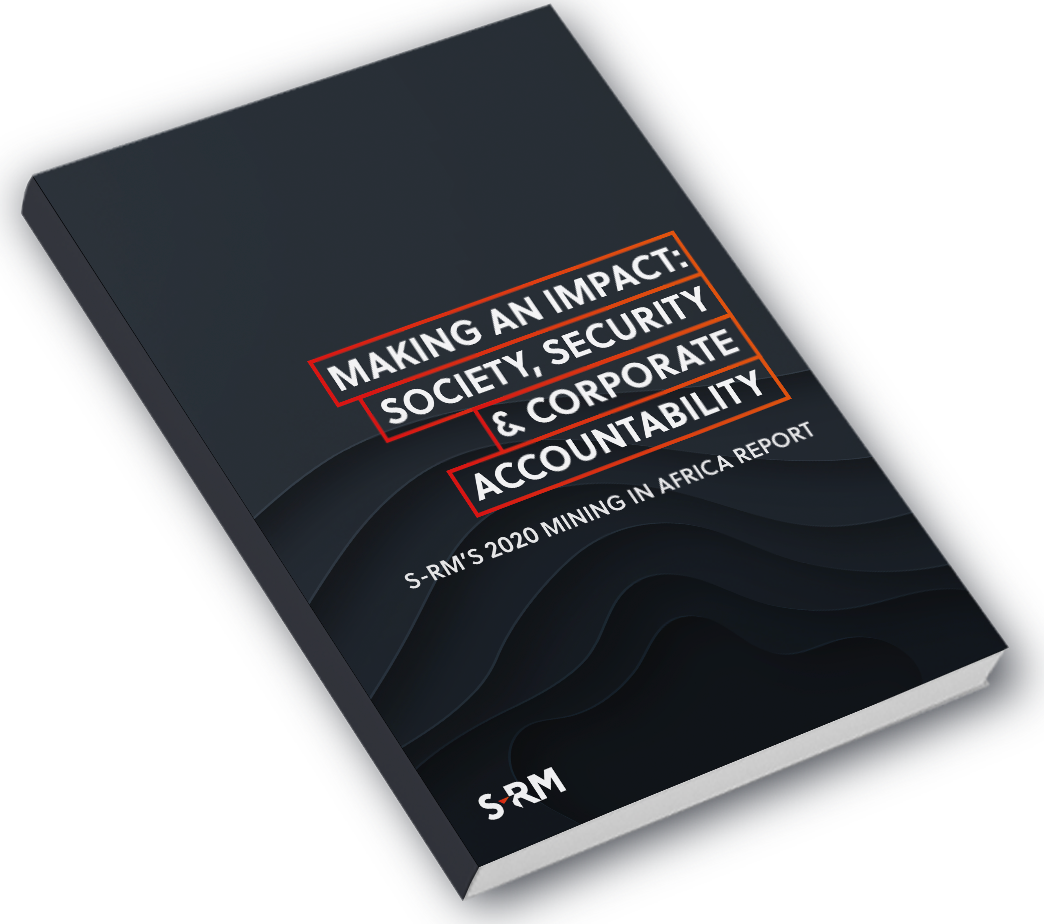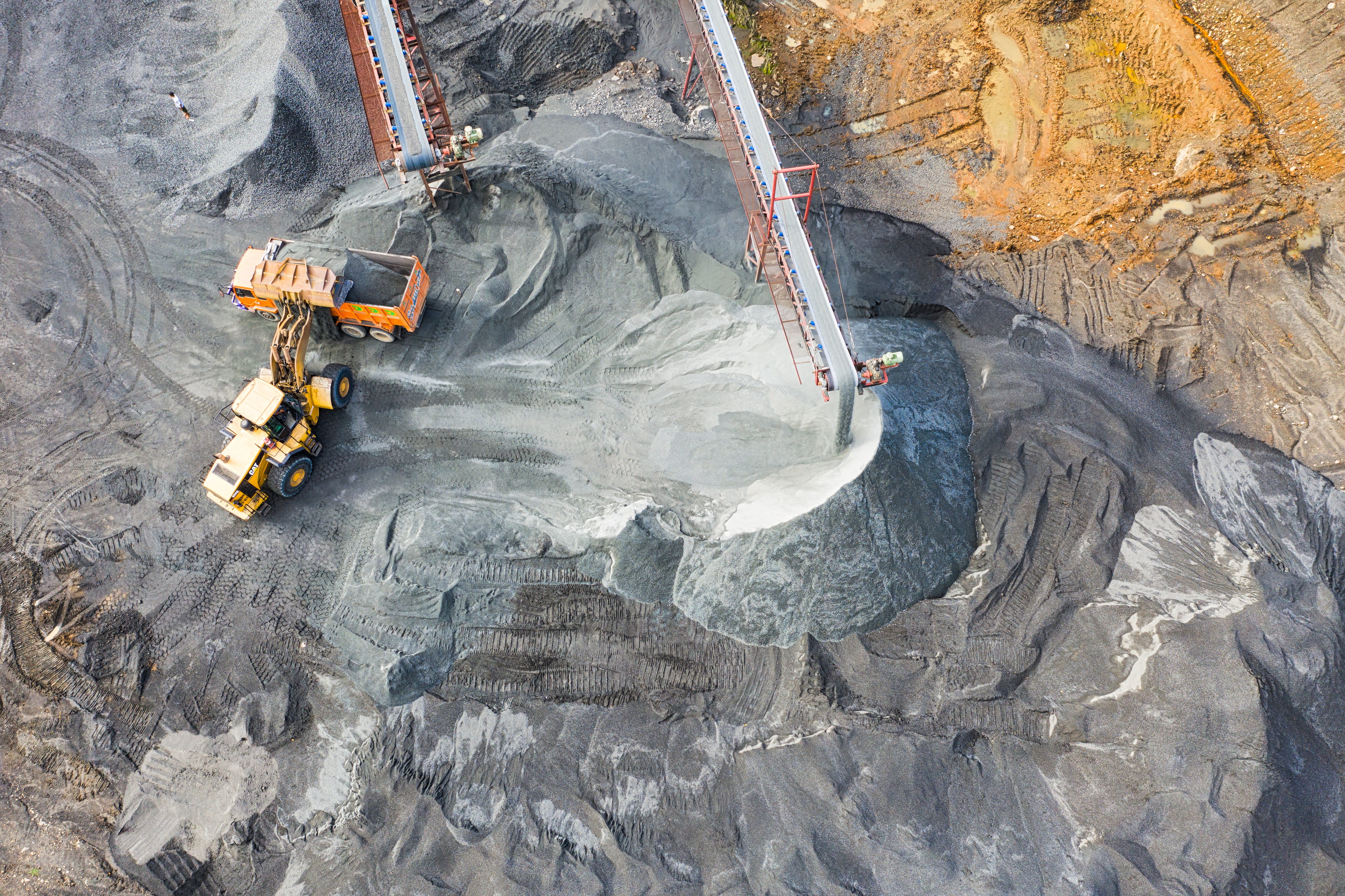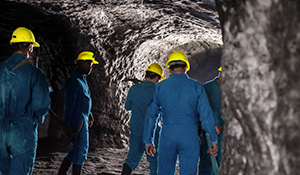Mining companies have historically ranked poorly on Environmental, Social and Governance (ESG) indicators[1] . Despite being a capital- and carbon-intensive industry, ESG concerns have either simply not been high on their priority list, especially for juniors, or good practice has existed in pockets of the company, but has not been knitted together into a cohesive policy. Several factors have contributed to this. Among these are the absence of regulation or legislation regarding ESG, a lack of tangible guidance on what ‘good’ ESG should look like, the competing cost pressures of frequently working in high risk jurisdictions, as well as tough market conditions.
But the risks of not taking ESG seriously are uniquely high for the mining sector. The reputational impact and expense resulting from environmental, social and governance risks pose a threat to business continuity, especially given growing scrutiny from investors, buyers, governments, pressure groups and the public. An effective and well-communicated ESG strategy also adds value by improving reputation and business resilience. Speaking with S-RM, a leading institutional investor highlighted the growing prioritisation of ESG in their own requirements. They expect to see clear policies and evidence of commitment and progress before offering equity financing. Another client, a listed mining company, described the value of a strong ESG policy as helping it to achieve a premium listing and attract higher quality employees, contractors and partners.
"Institutional investors expect to see clear policies and evidence of ESG commitment and progress before offering equity financing."
Seeking Direction
Although the mining sector has been grappling with the ESG concept for several years, companies have struggled with the lack of clear guidance or rules on ESG policy and implementation. However, ESG has at last been galvanised, partially as a result of pressure from investors for mining companies to improve their practices, reputations and commercial viability, and partially as a result of an associated and concerted push by industry bodies and regulators to introduce codes and establish minimum standards.
The London Stock Exchange, for example, has been leading the charge, issuing its first guidance on the integration of ESG into investor reporting and communication as early as 2017[2]. Other bodies, including the International Council on Mining and Metals and the World Gold Council, are also consulting on their own ESG requirements. The World Gold Council’s Responsible Gold Mining Principles, for example, are already making waves in the market. It is widely agreed that these Principles will ultimately be adopted by the industry wholesale, requiring independent assurance on disclosures and practise, and the production of an assurance document.
Furthermore, on 21 January 2020, 140 CEOs representing some of the world’s largest corporations at the World Economic Forum’s annual meeting in Davos supported an initiative to align ‘a core set of metrics and disclosures in their annual reports’ relating to, among other non-financial disclosures, ESG factors[3]. With the regulatory direction of travel only going one way, mining companies now need to prioritise establishing which of these ESG processes and codes best fit their business model and how to address the risks. Otherwise they run the risk of falling behind the market. As one London-based mining company told us: ‘we already do many of the ESG elements, but with no process or policy written down or codified we are falling behind our competitors’.
Getting it right: the importance of corporate governance
The first step in addressing ESG risks is to get corporate governance right. This means creating a clear responsibility for ESG so that individuals can identify the most material issues for the mineral and company, decide which ESG metrics to use, and apply clear reporting requirements and standards to cover all their assets. Having the right people in place is key. For example, an Africa-focused investor highlighted their concern that several multinationals have given ESG responsibility to inexperienced employees, often in marketing or investor relations roles.
For a mining company to be clearly seen as taking ESG seriously, responsibility should be designated to a senior executive, often at board level, who can reach across the business, including to local community stakeholders, for information and solutions, build a strategy and push through challenging recommendations. This strategy needs clear timelines, objectives and metrics, such as an annual stabilisation test on tailings dams or monthly reporting of the number of staff disciplined for non-compliance with anti-corruption policies, and an annual board-level review of the strategy and risks.
The next step in creating an effective ESG strategy is to understand the specific environmental, social and governance risks and the exposure of each asset, its producing mineral and the mining company itself.
Environmental risks
Mining companies are uniquely exposed to environmental risks – historically they have proved some of the most disastrous in terms of safety, direct financial cost, business disruption and reputational impact. For example, the collapse of the tailings dam in Brumadinho, Brazil in January 2019 wiped nearly UAD 19 billion off the value of Vale, the operator of the adjacent mine, in the few days after the disaster. This disaster alone has been a game-changer in terms of mining companies now being forced by investors, governments and pressure groups to re-evaluate the risks of their exposure to tailings dams.
"Historically, environmental risks have proved some of the most disastrous in terms of safety, direct financial cost, business disruption and reputational impact."
As well as addressing site-specific environmental issues, which may include hazardous waste generation, reduction of fresh water usage and environmental preservation, mining companies are now increasingly building a macro component into the ‘E’ of their ESG policies. The collection and publication of data on emissions and energy consumption, for example, enables a company to create specific reduction targets for its assets and make decisions on carbon offset opportunities. Such initiatives offer the extra benefits of also supporting effective government engagement and public relations campaigns.
Social risks
Social risks are typically the most neglected of the ESG risks – and not just in the mining sector. Yet, a leading emerging market focused investor emphasised that these are some of the most salient risks in mining, particularly around modern slavery, underage workers, human rights and working conditions. A robust ESG programme around the social risks of mining, where companies run the risk of falling foul of a growing amount of legislation, can have a meaningful and positive impact on workers and communities, build a more responsible image of the mining sector more generally, and improve the sector’s attractiveness in the eyes of increasingly risk-averse and socially-conscious investors.
Although these social risks are universal to mining company operations, country staff need to be involved in the ESG process, especially in higher-risk jurisdictions where community norms can vary. For example, a robust ESG process would register the dates of birth of every employee, whether formal or temporary labour, and the nature of their work, to ensure that children are not engaged in hazardous work.
Governance risks
The ‘G’ of the ESG process has historically existed within the compliance function of a mining company and therefore often tends to be more developed. But the global focus on ESG is encouraging mining firms to take a wider view of governance risks. These include board structure and diversity and tax strategy, as well as anti-bribery and corruption, and political donations and lobbying. Such consideration should already be familiar to corporate leaders more broadly. But some issues are particularly unique to the mining sector. For example, mining companies will often make payments to community projects, yet there is a trend for these to ultimately end up in the pockets of local management, resulting in a financial loss, as well as non-compliance with community engagement requirements and a dissatisfied local community. This highlights the importance of adapting the ESG concept to specific companies and sectors, if it is to work effectively.
Transparency, accountability and technology
Investors are not the only parties expecting mining firms to step-up when it comes to addressing ESG risks. A growing movement of consumer-led demands for ethical sourcing and transparent supply chains has seen a number of retailers and manufacturers, for example, reinvigorate their supply chain due diligence efforts with a focus on ESG factors.
Calls for transparency have also emanated from regulatory bodies and international organisations. These include the United Nations Global Compact, currently the world’s largest corporate responsibility initiative, as well as the Equator Principles, a widely-adopted risk management framework to assist financial institutions in the evaluation of social risks for project finance. Further initiatives, such as the Voluntary Principles on Security and Human Rights, which was penned by a variety of stakeholders in 2000, have further drilled down into the application of such guidelines to the extractives sector specifically. Collectively, these guidelines advocate for greater transparency and accountability in relation to a range of social concerns, including diversity and inclusion and the protection of human rights in the course of a business or its suppliers’ operations.
CASE IN POINT: Child labour and cobalt mining in the DRCA landmark class action lawsuit, filed against Apple, Google, Dell, Microsoft and Tesla in December 2019, has brought ESG concerns and businesses’ responsibility to observe them into sharp focus. The case was filed in the US by an international human rights organisation on behalf of parents from the Democratic Republic of Congo (DRC) whose children had been killed or injured while mining for cobalt. The lawsuit alleges that the tech companies knowingly benefitted from and were complicit in the deaths and injuries of these children, who worked on mines that are part of the companies’ supply chains. Key to this claim is the argument that all the tech companies have the authority and resources to supervise and regulate their cobalt supply chains and that their inability to do so amounts to complicity. Several of the defendant companies and named DRC miners have since issued responses emphasising their commitment to protecting human rights and the rigour of their supply chain management systems. The outcome of this case, which will likely begin to move early in 2020, will be closely watched by stakeholders in Africa's mining sector given its potential to set a legal precedent for the accountability businesses face in relation to their social impact. |
Demands for transparent supply chains are also being facilitated by emerging technologies. The World Economic Forum, for example, predicts that the Fourth Industrial Revolution (4IR) will ‘take supply chain visibility, coordination and performance to new levels.'[4] Similarly, blockchain technology is set to enable supply chain traceability for consumers wishing to interrogate product histories. In fact, the International Data Corporation (IDC) predicts that by 2021 ‘about 30% of manufacturers and retailers globally will have built digital trust through blockchain services that enable collaborative supply chains and allow consumers to access product histories.’[5]
"Blockchain technology is set to enable supply chain traceability for consumers wishing to interrogate product histories."
Aligning operational imperatives with ESG demands
ESG is no longer a ‘nice to have’ or ‘add-on’ to a mining company’s risk management or due diligence processes. Growing scrutiny and regulatory imperatives mean that any company operating in the mining industry now needs to think about how to align its operational imperatives with ESG demands. Once the right team is in place, the first step is to build an ESG strategy, in consultation with local stakeholders, those who know the assets well, senior leadership, and external expertise who understand specific environmental, social and governance risks. This strategy will determine which standards to adhere to, establish benchmarks and enable common rules to be applied across assets. But most importantly, the scale and scope of these operations will be different for everyone. Neither investors nor mining companies want a one-size-fits-all approach. Specific assets, minerals and companies need specific and appropriate applications of the ESG principles.
Independent advisors have a role here, whether being co-opted onto a company’s ESG committee to offer strategic guidance, or physically assessing assets to feed into an effective remediation and monitoring plan. This close co-operation between advisor and corporate will ensure that good practice is embedded and a company’s ESG strategy stays aligned with both its corporate strategy and evolving ESG requirements.
References
[1] S&P Global Ratings. (2019). ESG Industry Report Card: Metals And Mining. Ratings Direct.
[2] London Stock Exchange Group. (2018). Revealing the full picture: Your guide to ESG reporting.
[3] World Economic Forum (2020). Measuring Stakeholder Capitalism: world’s largest companies support developing core set of universal ESG disclosures.
[4] World Economic Forum & Inter-American Development Bank. (2019). Supply Chain 4.0: Global practices and lessons learned for Latin America and the Caribbean.
[5] International Data Corporation. (2018, November 7). Worldwise Digital Transformation 2019 Predictions. Retrieved from IDC Digital Transformation Awards: https://www.idcdxawards.com/worldwide-digital-transformation-2019-predictions/



 Email Natalie
Email Natalie




 @SRMInform
@SRMInform
 S-RM
S-RM
 hello@s-rminform.com
hello@s-rminform.com

